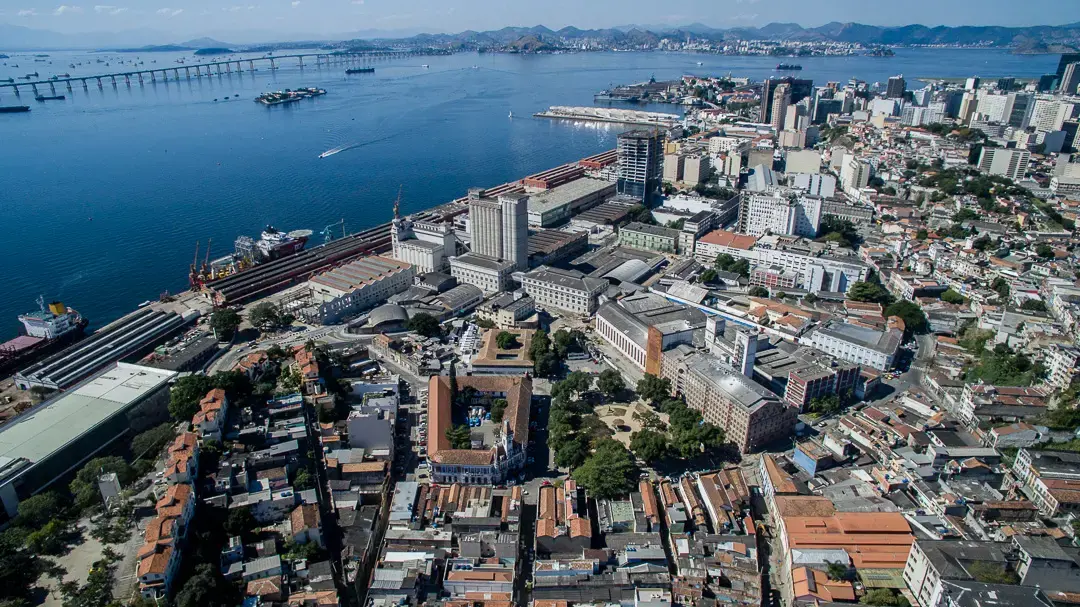The Museu do Amanhã, or Museum of Tomorrow, finally opens its doors to the public in Rio de Janeiro this weekend. Four years in the making, the extravagant structure designed by Santiago Calatrava is set to become the centerpiece of the Porto Maravilha revitalization project. Although excitement for the museum, which is dedicated to a more sustainable and equitable future, is palpable, it also symbolizes the seismic socioeconomic shifts occurring in this historically impoverished area, once the epicenter of the slave trade in Brazil.
When ground first broke on the Porto Maravilha project, it did not take long to uncover the remains of the notorious Valongo Wharf. After its construction in 1811, the Valongo Wharf quickly became the busiest slave port in Brazil. More than one million abducted Africans passed through the harbor. A short walk from the Museum of Tomorrow, the Valongo Wharf represents one of the darkest periods in Brazil's history. At its height it was surrounded by "fattening houses" where slaves were prepared for sale as well as a mass burial ground where the bodies of those who did not survive the voyage were deposited. After the abolition of slavery in 1888, the neighborhood eventually transformed into the heart of a vibrant Afro-Brazilian community that is widely acknowledged as the birthplace of samba.
Efforts are being made to recognize the somber but integral past of the area with the establishment of an African Heritage Circuit that explores its historical significance. The Valongo Wharf is also under review to be granted status as a UNESCO World Heritage Site.
The municipal government in Rio supports these endeavors, but the revitalization project still represents a threat to locals who feel they are being muscled out of the area by developers looking to capitalize on the transition. Promises of affordable housing and other amenities in the Porto Maravilha have failed to materialize and now appear in jeopardy as the Brazilian government continues to tighten spending amid a corruption-fueled recession.
The opening of the Museum of Tomorrow is certainly a cause for celebration in Rio de Janeiro. But if it is truly going to be a museum of enlightenment and innovation, it will need to specifically address its place among longstanding, fragile, and historically disenfranchised communities, such as the nearby Morro da Providência, Brazil's first favela.
Residents in Morro da Providência complain that development decisions are made long before community outreach efforts are even begun. Rio de Janeiro is a city still coming to terms with its heritage, both in terms of the legacy of slavery and the roots of Brazil's longstanding and growing economic inequality. Only when calls for greater social equity and participatory planning within the Porto Maravilha revitalization project are addressed will there really be a brighter tomorrow.













